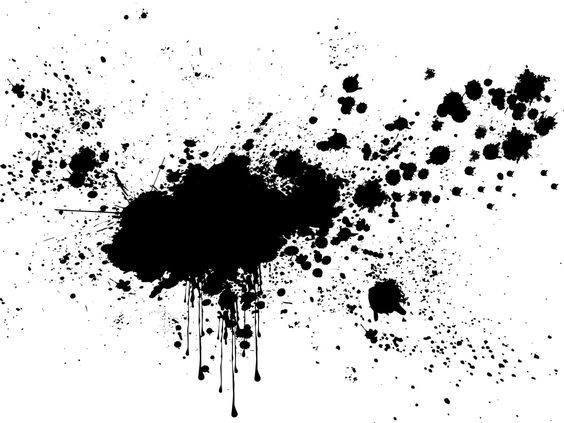
Published in the Journal for the Research of Freemasonry and Fraternalism 1:1 (2010)
W. Kirk MacNulty. Freemasonry: Symbols, Secrets, Significance.
(London: Thames & Hudson, 2006) 320 pp.
386 illustrations, 327 in colour.
£24.95
It might be valid to suggest that this book represents an exercise in public relations, given the recent trend of attempts to widen public awareness and understanding of Freemasonry, but as such, it is a timely one that rises to the occasion to fill a necessary gap in the market. It is not intended as an academic book, since although the thorough selection of topics and list of resources and suggestions for further reading might make it a useful quick reference guide even for scholars, the explanations are clearly intended for non-Masons or readers generally unfamiliar with even the rudiments of Freemasonry, while in many instances attempts are made to clarify and dispel common legends and conspiracy theories.
The reader is taken on a grand tour of Masonic history, structure and symbolism by way of lavish illustrations. Featuring over 380 images, it is worth browsing as a visual feast alone, while it also contains brief though informative text on several aspects of Freemasonry, complete with facts, explanations and anecdotes.
The seven sections cover topics that include legends of origin and the questions surrounding them, Grand Lodge Freemasonry and its development, conveniently subdivided into subtopics that cover its relationship with the Church, anti-Masonic activity and issues of Regularity. The Craft and higher degrees are afforded separate sections, as is Freemasonry’s role in society. The penultimate chapter looks at mysteries surrounding Freemasonry in the popular imagination, such as the conspiracy theory regarding the All-Seeing Eye on the US dollar bill and Great Seal, (262-265) and explains the pigpen cipher (269), among others. The final chapter presents short biographies of famous Freemasons belonging to the literati, intelligentsia and nobility.
The most valuable achievement of a book such as this is to bridge the gap between the ‘penny-dreadful’ type of copy about Freemasonry, and the highbrow academic genre of literature which, though vital to scholars, is inaccessible to the general public. The same applies to a number of areas of esoteric study seesawing between Hollywood and the Bodleian – think Madonna vs. Gershom Scholem on the Kabbalah. Particularly in view of the interest generated by fiction such as The da Vinci Code, it makes sense to offer pertinent and clear information in the place of more disinformation. MacNulty draws on this point, particularly in the section on common misconceptions or anti-Masonic propaganda, offering simple, clear explanations of how and why they came about, and discussing the issue of secrecy in some detail. Furthermore, in his presentation of the Craft degrees in particular, he offers a psychological perspective that is more approachable, avoiding arcane esoteric references that might perplex the curious layperson.
All of the above notwithstanding, there are sections which may seem somewhat lacking, such as some of the legends to the pictures which do not give much context to the images. While it is understandable that these cannot be entered into in excruciating detail, even the informed reader is left with questions regarding some of the symbolism. One formatting gripe that I suspect many readers may have is the lack of numbering or identification of figures; to identify a picture one must turn to the list of illustrations at the back, but several full-page images are unnumbered, making it somewhat unwieldy as a reference guide. Similarly, the text is often broken up by several pages of images, complete with accompanying paragraphs of their own, making a straight read-through rather distracting. It is a small price to pay however, for such a rich collection which will be of interest particularly to Masonic art historians as well as Freemasons interested in Masonic art and history. Books combining the presentation of such imagery with more specialized in-depth commentary, such as James Stevens Curl’s The Art and Architecture of Freemasonry (London: Batsford, 1991), are few and far between, and more would be strongly welcomed.
Overall, this is a beautiful addition to any library, also setting a precedent in terms of making aspects of esoteric study more accessible to the general public as well as the novice student. Most scholars however, are likely to give it a miss unless it falls directly within their area of interest.

